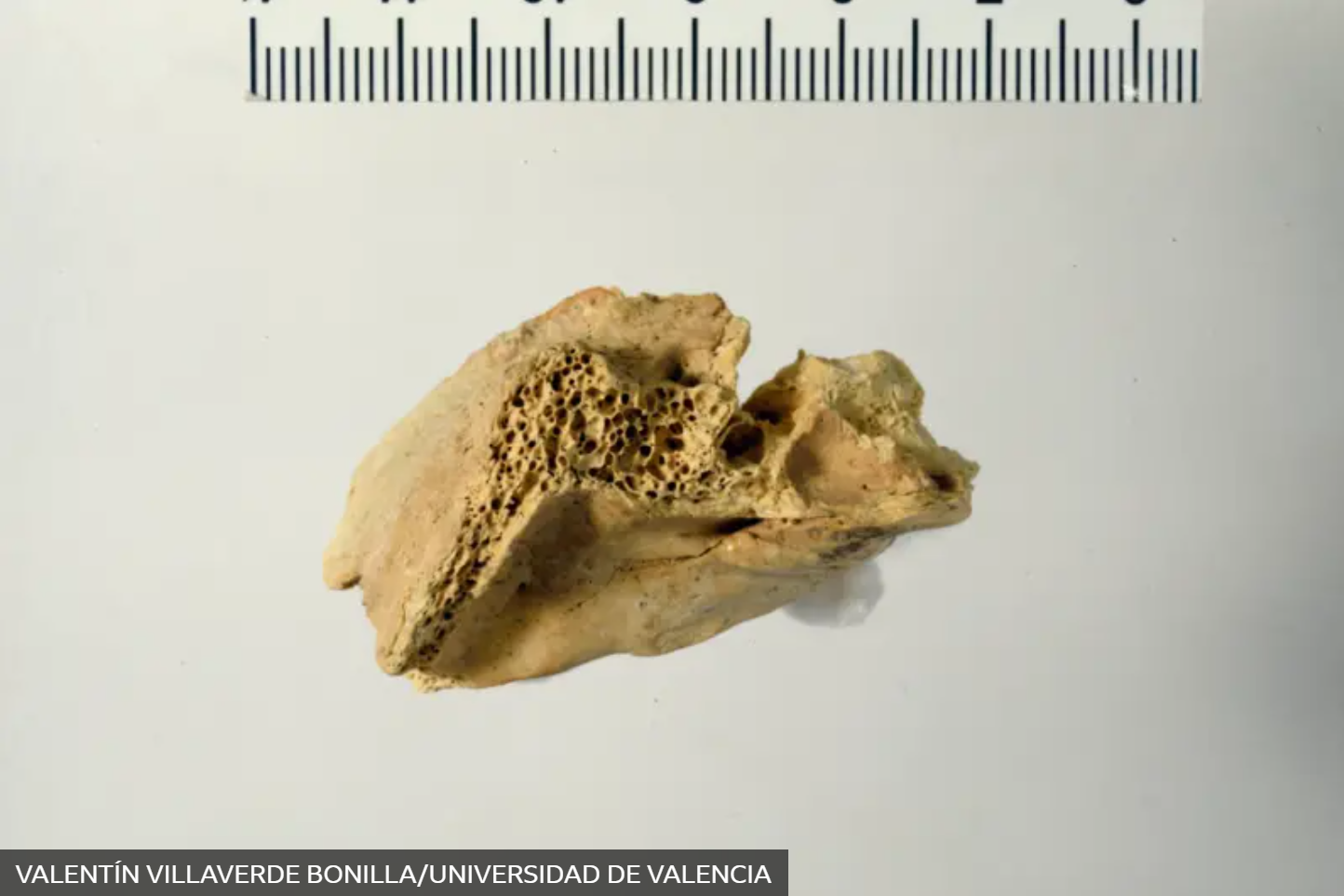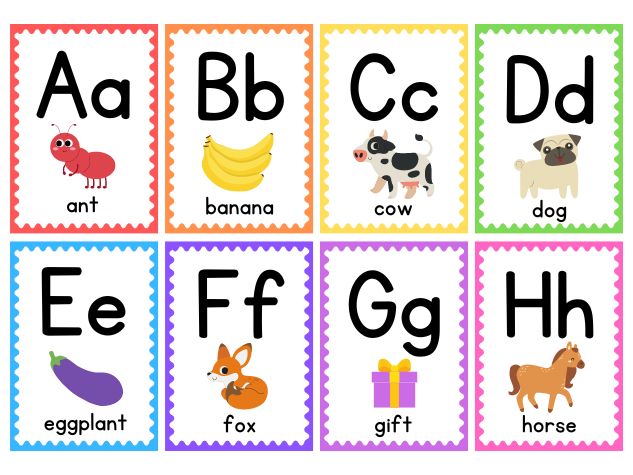Today, Down syndrome occurs in approximately 1 in 700 births. Dr. John Langdon Down described Down syndrome in 19th century Britain, but what do we know about the history of Down syndrome before Dr. Down? Is Down syndrome a recent genetic disorder?
Down syndrome in Prehistory:
There are some prehistoric materials where experts believe people with Down syndrome are characterised. Since ancient times, there have been attempts to give an explanation or a reason for different congenital “malformations”; for example, clay tablets were found in Babylon (from 4,000 BC) listing 62 human congenital “malformations”, pardon the expression, and their related prophecies. Possible remains have also been found in the Palaeolithic (approximately 18,000 years ago) of Taurodontism, a trait quite common in the teeth of Neanderthal man and to a lesser extent found in modern man, mostly related to the extra chromosome or Prader Willi syndrome. For more information you can read here: http://www.um.edu.mt/umms/mmj/PDF/230.pdf

Omeca culture, Mexico
One of the most discussed theories is related to the Olmec culture (1500-500 BC in Mexico). Their culture is mainly based on the worship of the jaguar. There are some representations of jaguar-men whose features are related to Down’s syndrome traits according to some experts: such as the shape of the eyes, the corners of the mouth…
Some ceramics from the Tumaco – La Tolita cultures (on the current Pacific coast between Colombia and Ecuador) also show features related to the extra chromosome, between the years 300 and 600.

In the image on the left you see a terracotta figure from the Toltec culture of Mexico (500 AD) showing some facial features suggestive of Down’s syndrome: such as the shape of the eyes, the bridge of the nose, the mouth and the tongue.
In a monastery at Breedon-on-the-Hill (North West Leicestershire in Great Britain) a skull (700-900 AD) was found that shows numerous features normally attributed to individuals with Down’s syndrome.
Later depictions of characters with Down’s syndrome features have been found in various paintings by Filippo Lippi (1406-1469), in some works by Andrea Mantegna (1430-1506) such as “Madonna and Child” or “Madonna and Child with Saints Geronimo and Louis de Tolousse”. It is said that one of Mantegna’s 14 children had an extra chromosome, as well as one of the children of his benefactors, the Gonzanga family.
Another example of a famous representation is found in Flemish painting in “The Adoration of the Infant Jesus” (1515) by a follower of Jan Joest of Kalkar, which depicts two characters with Down’s syndrome features.

There is also the painting by Sir Joshua Reynolds (1773) “Portrait of Lady Cockburn with her three children” in which one of the children has facial features typical of Down’s syndrome.
Portrait of Lady Cockburn with her three sons















